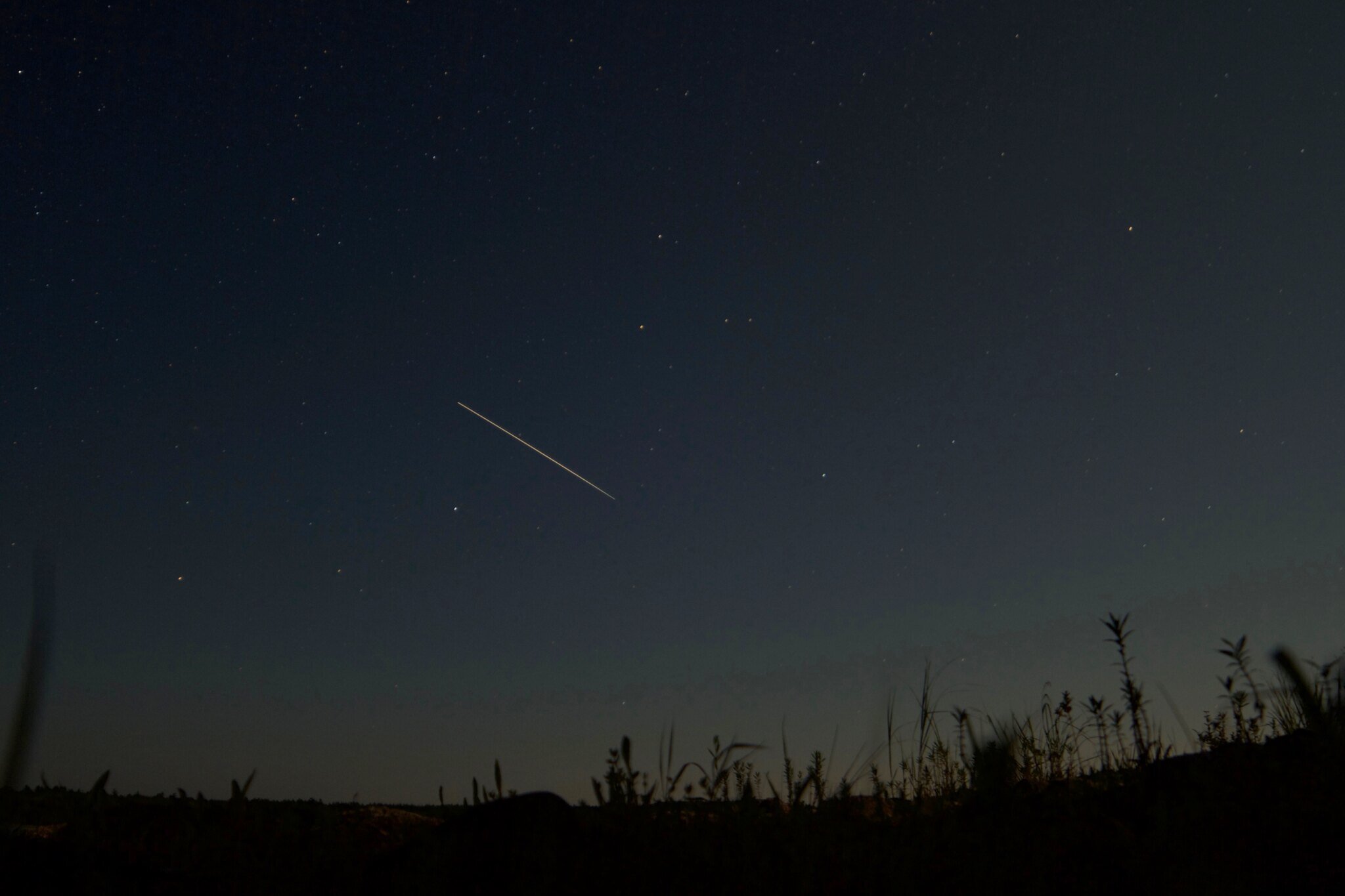Escaping the light
/THERE'S no doubt, the farther you are from the city lights, the better your stargazing will be. Light pollution robs us of the subtle beauties to be found in the night sky, whether it's the ribbon of stars and glowing gases of the Milky Way or the faint constellations of spring.
For instance, if you're in the city, you'd be hard-pressed to pick out groups like Virgo, low in the east, or Hydra's sprawling ladder of stars that now stretches from the southeast to the high southwest.
There are plenty of places in my province, Nova Scotia, where you can find dark skies. In fact, some of them rank among the best in Canada. But there's good news for urban observers: light pollution doesn't affect planet observation. The sun does a great job of lighting up these objects for our enjoyment and even small details in planets' atmospheres and surfaces make it through the glare.
Of course, sometimes nearby lights that shine directly into your eyes can make even planet watching difficult. In that case, you have to do some creative positioning to use trees or structures to block these offending photons.
even distinctive constellations like ursa major can be hard to find in light-polluted skies. In dark sky preserves like kejimkujik national park, it’s a cinch to scoop up the big dipper. - john mcphee
I usually drape an old blanket over deck rails or a high deck chair and sit on a lower chair in my attempts to shut out neighbours' porch lights or street illumination.
The most interesting planets to observe in a telescope, I think most observers would agree, would be Saturn and Jupiter.
While you need a telescope to enjoy Saturn's rings and surface features, a good pair of binoculars are enough to keep you coming back to Jupiter night after night. That's because its four brightest moons - Ganymede, Io, Callisto and Europa - are easily visible with just 10x power, although as tiny specks. You can detect changes in their positions over a matter of hours as they orbit around Jupiter.
This moon dance is obvious when you take another look on the following night - the lineup will likely be quite different.
If you're more ambitious and have your eye on objects a lot farther down the cosmic road than our solar system, such as galaxies, you must flee the light and seek out a nice dark spot in the country.
In Nova Scotia, it doesn't take too much of a drive to escape light blight, even if you live in Halifax or Sydney. But you should get at least an hour's drive away from the city, since it doesn't take much sky glow to wash away detail in deep-sky objects.
Some of the province's dark sky areas are described on cleardarksky.com, a website that mainly focuses on weather and sky conditions for amateur astronomers. I say some because the website gets its light pollution information from the World Atlas of Artificial Night Sky Brightness, which oddly enough doesn't include Cape Breton and other parts of the province.
However, cleardarksky does indicate that areas such as Kejimkujik Natinoal Park in Queens County and the Argyle area near Yarmouth are little affected by light pollution. The Milky Way, the central region of our galaxy best visible in the summer, is so bright in these areas that it can cast shadows.
find a dark sky and point a telescope toward the coma berenices region of the night sky. You’ll find dozens of smudges of light, which are galaxies that contain billions of stars. - john mcphee
If you look at the entire light pollution map of North America, it's clear that this kind of observing is to be treasured.
While the Liscombe Game Sanctuary area on the Eastern Shore is one of those areas left out of the light pollution grading, it's well known among local amateur astronomers as an excellent dark-sky site.
As for Cape Breton, the skies over the East Bay and Bras d'Or area first tweaked my interest in stargazing, way back when. I can remember being more interested in the satellites and airplanes zooming across the sky, but I was also captivated by the glittering blanket of stars over the island hills.
If you do find yourself a dark, safe place, and you have even a small telescope, you can observe many galaxies in April and May. Hundreds of galaxies are visible with a larger telescope in the Leo-Virgo region.
Two of the brightest in April, M65 and M66, can be found in the isosceles group that makes up the Lion's hindquarters. Find the star at the right bottom corner of the triangle, and look slightly below and to the left for M65 and M66. These two are so close together that they both fit into the viewing field of a small telescope.
It's worth escaping the city lights to marvel at these star cities so many light-years away.






